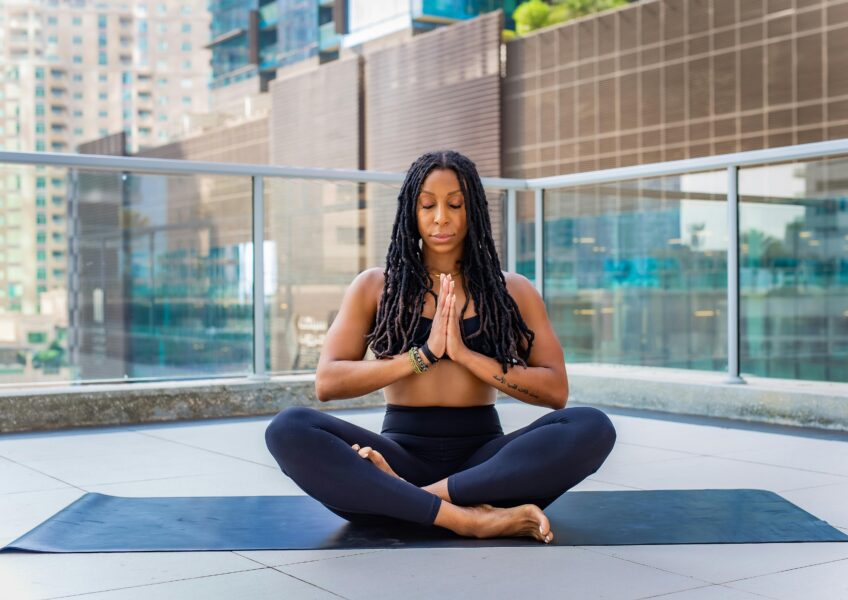
We often get told by our mum in times of high stress to “take a deep breath” as if that’s going to make our stresses fall away. We often joke about how silly this is, like a deep breath is the solution to all of our problems. Well, it turns out that your mum might be right.
Breathing is part of the ANS (Autonomic Nervous System) which connects our involuntary bodily functions to the rest of the body. We can also control the amount of oxygen our body gets through our breathing. Mandy DeVries, a registered respiratory therapist based in South Carolina in the USA says that when we deepen our breathing, we allow more oxygen to reach our cells which improves the communication between cells.
Guided meditation is the number one way we would recognise breathing as a way to relax us. It brings increased feelings of comfort and relaxation and decreases the symptoms of anxiety, anger and confusion. It works by slowing our heart rate down which is the feeling associated with these extreme emotions. A racing heart is synonymous with stress or anxiety so stopping the racing heart helps decrease the feeling.
Mandy DeVries, a registered respiratory therapist based in South Carolina in the USA says that when we deepen our breathing, we allow more oxygen to reach our cells which improves the communication between cells
Successful breathwork typically involves breathing through your nose which helps with oxygen consumption, inflating the belly when inhaling which allows air to reach the deepest parts of the lungs, not breathing to deeply or too shallow and maintaining a good posture to open up the lungs.
There are a plethora of benefits associated with good practices in breathwork. For example, as much as it can increase our comfort and relaxation when trying to calm down from moments of stress or when we are trying to sleep, it can also improve our attention which can be especially useful during lectures or before exams.
Breathwork is something that almost anyone can incorporate into their daily lives, at any time of the day. Charlotte Mulloy, a Colarado based psychotherapist at Freespira, a digital breathwork therapy company, says that “Intentional breaks during our day, even if it’s just two minutes of noticing, ‘Hey, I’m breathing,’ can actually soothe your body in ways you didn’t even know you needed.”
Breathwork is something that almost anyone can incorporate into their daily lives, at any time of the day
The most common kind of mindful breathing is the “4-7-8” breathing technique. It involves inhaling through the nose for four seconds, holding the breath for seven seconds and then exhaling through the nose for eight seconds. It reduces anxiety by stimulating the parasympathetic nervous system (PNS). This controls the body’s “rest and digest” impulses which means that when it is stimulated, it is easier for us to relax.
It is important to remember that breathwork is a good short term solution to certain conditions such as anxiety, but it can’t eliminate it entirely. Breathwork is most effective when paired with other aid such as therapy or medication (if necessary and prescribed by a doctor). However, it’s accessible for the vast majority of people and can be used over and over again, even multiple times a day in order to keep our minds in check.


